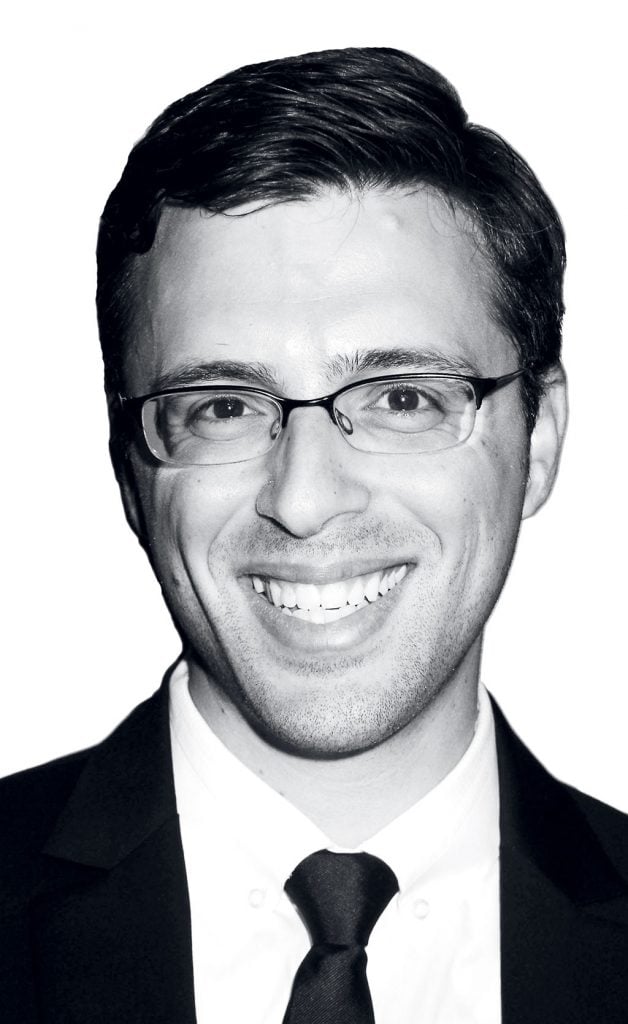Can a single individual truly transform an entire community? When we examine the life and achievements of Jane Goodall, the answer becomes a resounding yes. Her groundbreaking work in primatology not only reshaped our understanding of chimpanzees but also inspired generations to champion conservation efforts worldwide. This remarkable woman's journey from a curious child to one of the most respected scientists on the planet is nothing short of extraordinary.
Jane Goodall’s story begins in London, where she was born on April 3, 1934. From an early age, her fascination with animals set her apart. Unlike many children who dreamt of becoming doctors or teachers, young Jane harbored aspirations of living among wild animals in Africa. Her determination led her to Gombe Stream National Park in Tanzania, where she embarked on what would become a lifelong mission to study chimpanzees in their natural habitat. What made her research revolutionary was its immersive approach—Goodall spent countless hours observing these creatures up close, documenting behaviors that had never been recorded before.
Her findings shattered long-held assumptions about the divide between humans and animals. For instance, she discovered that chimpanzees use tools—a behavior previously thought exclusive to humans. Such revelations forced scientists to reconsider the very definition of humanity. Moreover, her empathetic perspective toward her subjects challenged traditional notions of objectivity in scientific research. By naming the chimpanzees instead of assigning them numbers, Goodall humanized her subjects, making it easier for people around the world to connect emotionally with wildlife conservation issues.
While Goodall’s initial focus was purely scientific, her work evolved over time into advocacy. Witnessing the devastating effects of deforestation and poaching firsthand, she became increasingly vocal about the need for sustainable practices. In 1977, she established the Jane Goodall Institute, an organization dedicated to protecting chimpanzees and their habitats while promoting environmental education. Through initiatives like Roots & Shoots, a global youth program encouraging young people to take action in their communities, Goodall continues to inspire change across continents.
Hers is a legacy built not just on groundbreaking discoveries but also on unwavering commitment. At a time when women faced significant barriers in the scientific community, Goodall defied expectations by excelling in a male-dominated field without any formal training. Her success serves as a testament to the power of passion, perseverance, and curiosity. Today, at nearly ninety years old, she remains active, traveling extensively to spread awareness about the importance of preserving biodiversity and fostering harmony between humans and nature.
As we delve deeper into her contributions, it becomes clear that Jane Goodall’s impact extends far beyond academia. She has transformed how society views wildlife, instilling a sense of responsibility towards all living beings. Her ability to bridge science and activism ensures that her message resonates with diverse audiences, from policymakers to schoolchildren. Whether addressing climate change or advocating for animal rights, her voice carries authority derived from decades of hands-on experience and tireless dedication.
Moreover, Goodall’s influence can be seen in the countless individuals who have followed in her footsteps. Many aspiring primatologists cite her work as their inspiration, while conservationists worldwide adopt strategies rooted in her philosophy. Even outside her specific area of expertise, her holistic approach to problem-solving offers valuable lessons for tackling complex global challenges. By emphasizing interconnectedness—between species, ecosystems, and human societies—she provides a blueprint for creating lasting solutions.
In addition to her professional accomplishments, Jane Goodall’s personal life reflects her values. Despite facing criticism for her unconventional methods early in her career, she remained steadfast in her beliefs. Her marriage to Baron Hugo van Lawick, a Dutch wildlife photographer, further solidified her connection to the natural world. Together, they documented some of the most iconic images of chimpanzees ever captured. Although their union ended amicably, both continued to contribute meaningfully to conservation efforts until his passing.
Looking ahead, the future appears bright for those carrying forward Goodall’s mission. Advances in technology now allow researchers to build upon her foundational work, providing new insights into primate behavior and ecology. Meanwhile, public interest in environmental issues continues to grow, fueled in part by her enduring influence. As governments and organizations grapple with the urgent need to address biodiversity loss, her vision of coexistence offers hope for a more sustainable world.
Ultimately, Jane Goodall’s story reminds us that even the smallest actions can lead to profound change. From her early days studying chimpanzees in Gombe to her current role as a global ambassador for conservation, she exemplifies the transformative potential of individual effort. Her life’s work stands as a powerful reminder that each of us has the capacity to make a difference—if only we dare to try.
Consider another example closer to home: the revitalization of Central Park in New York City. Once neglected and overrun with crime, this urban oasis underwent a dramatic transformation thanks to the efforts of dedicated citizens and city officials. Their collaboration resulted in improved infrastructure, enhanced security measures, and increased community engagement—all factors contributing to its status today as one of the most beloved public spaces in America. Such success stories underscore the importance of collective action in achieving meaningful outcomes.
Similarly, initiatives aimed at reducing plastic waste are gaining traction globally. Countries such as Kenya and Rwanda have implemented comprehensive bans on single-use plastics, demonstrating that bold policy decisions can yield positive results. These efforts align closely with Jane Goodall’s emphasis on grassroots movements driving systemic change. By empowering local communities to take ownership of environmental issues, we create pathways toward broader societal transformation.
Finally, let us not forget the critical role played by education in fostering a culture of sustainability. Programs designed to teach children about ecological principles lay the groundwork for future generations committed to protecting Earth’s resources. Just as Jane Goodall once dreamed of exploring Africa, so too do countless young minds harbor aspirations of making a difference. Providing them with the knowledge and tools necessary to realize these dreams honors her legacy and secures a brighter tomorrow for all.

